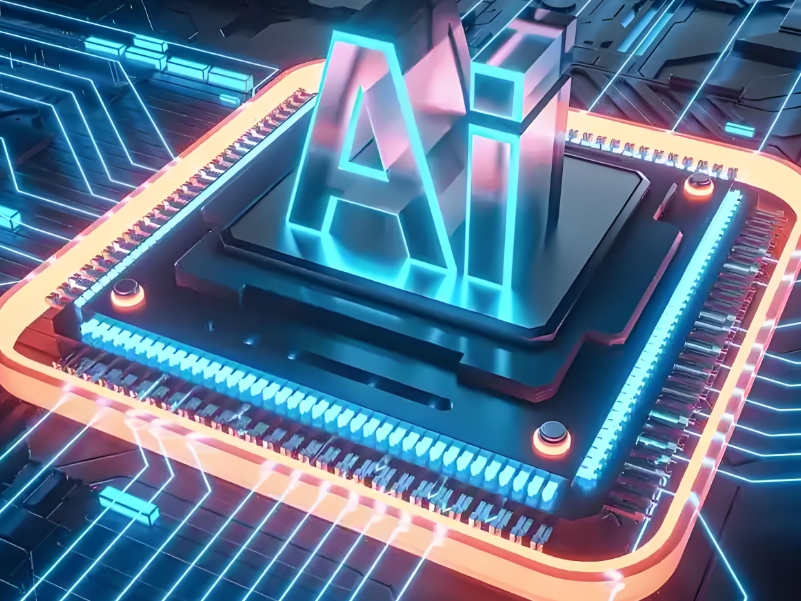In the information age, magicians can still maintain their mystery by leveraging a combination of traditional techniques, modern technology, psychological strategies, and cultural support. Below is a detailed analysis from multiple perspectives:
—
### 1. **Core of Traditional Magic: Secrecy and Misdirection**
– **Secrecy**: The essence of magic lies in its “secrets.” Even in the information age, magicians can protect their techniques and props through strict confidentiality. For example:
– Avoid revealing the complete performance process.
– Use complex mechanical devices or special materials that are difficult to understand through simple online searches.
– **Misdirection and Psychological Manipulation**: Magicians excel at using psychological principles to mislead audiences. For instance:
– Exploit blind spots or cognitive biases in human perception.
– Use language, actions, or environmental arrangements to divert attention.
– **Uniqueness of Live Performances**: While the internet offers countless videos and tutorials about magic, the immediacy and interactivity of live performances remain irreplaceable. Magicians can enhance mystery through carefully designed stage effects and audience interaction.
—
### 2. **Enhancing Mystery with Modern Technology**
– **Combining Technology with Magic**: Modern technologies such as augmented reality (AR), virtual reality (VR), and holographic projections open new possibilities for magic performances. For example:
– Use AR to create the illusion of “floating objects.”
– Control lighting and sound effects through programming to produce stunning results.
– **Digital Dissemination and Control**: While the internet accelerates information sharing, magicians can also use digital tools to control the spread of information. For instance:
– Post edited short videos on social media, hiding key details.
– Share some techniques through paid courses or exclusive content while keeping core secrets private.
– **Using AI to Create Puzzles**: AI can help design complex puzzles or predict audience choices, adding interactivity and mystery to performances.
—
### 3. **Strategies at the Psychological and Emotional Levels**
– **Spark Curiosity**: Human beings are naturally curious about the unknown. Magicians can stimulate audience interest in several ways:
– Set up suspense to make audiences eager for the next performance.
– Use storytelling formats (e.g., myths or sci-fi themes) to add depth and appeal to performances.
– **Create Immersive Experiences**: Through carefully designed stage settings, costumes, and music, magicians can immerse audiences in the performance atmosphere. For example:
– Combine traditional props like smoke and mirrors with modern technology.
– Create an “supernatural” atmosphere that temporarily suspends rational thinking.
– **Leverage Psychological Effects**: For instance:
– **Selective Attention**: Use fast movements or visual distractions to make audiences overlook critical steps.
– **Illusions and Hallucinations**: Exploit limitations in human perception to create visual or auditory illusions.
—
### 4. **Support from Cultural and Social Contexts**
– **Blending Tradition and Modernity**: Many traditional magic performances are deeply rooted in cultural backgrounds (e.g., Eastern mysticism or Western fantasy tales). Magicians can enhance the uniqueness and mystery of their performances by incorporating local cultural elements.
– **Society’s Fascination with the Unknown**: While scientific progress makes people more rational, curiosity about the unknown never fades. Magicians can tap into this psychological need by designing performances that appear “unexplainable.”
– **Community and Fan Economy**: By building a loyal fan base, magicians can further reinforce their mysterious image. For example:
– Maintain a sense of mystery when interacting with fans on social media.
– Host limited-time events or private performances to increase scarcity and appeal.
—
### 5. **Balancing Education and Entertainment**
– **Moderate Disclosure of Secrets**: While some magicians reveal certain techniques to attract audiences (e.g., David Copperfield), excessive disclosure can weaken mystery. Therefore, magicians need to strike a balance between education and entertainment.
– **Emphasize Artistry Over Technique**: Present magic as an art form rather than a mere display of skills. By focusing on the emotional expression and aesthetic value of performances, audiences will be more engaged with the overall experience rather than specific methods.
—
### 6. **Strategies to Counter Information Leakage**
– **Rapidly Update Performance Content**: As some magic tricks are exposed, magicians need to continuously develop new performance forms or improve existing ones.
– **Integrate Multidisciplinary Knowledge**: Combine knowledge from psychology, physics, computer science, and other fields to design more complex and harder-to-decipher performances.
– **Build Resistance to Aesthetic Fatigue**: Continuously innovate and break boundaries to avoid performances being quickly replicated or imitated.
—
### Conclusion
In the information age, magicians can maintain their mystery by combining traditional techniques, modern technology, psychological strategies, and cultural support. The key lies in:
1. **Protecting Core Secrets**: Ensuring critical techniques remain hidden through secrecy and misdirection.
2. **Enhancing Performances with Technology**: Using AR, VR, and other technologies to create more impressive visual effects.
3. **Engaging Audiences Emotionally**: Through storytelling, immersive experiences, and psychological manipulation.
4. **Balancing Education and Entertainment**: Sharing some techniques while preserving core secrets.
By employing these strategies, magicians not only continue to captivate audiences in the information age but also breathe new life into this ancient art form.
Related Products
None found


